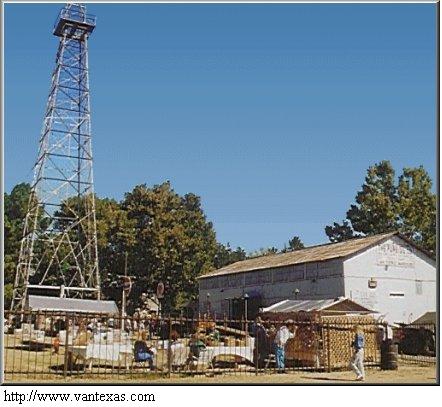Van Zandt County, located in northeast Texas, is situated between the Neches and Sabine Rivers. Anthropological research indicates that Caddo Indians lived in the area for several centuries until the emergence of the Cherokees in the 1820s and 1830s. The Republic of Texas settled the area through land titles and government legislation and established Van Zandt County in 1848.
The county's namesake was Issac Van Zandt, a  member of the Republic of Texas. The county boundaries derived from parts of Henderson County. By 1850, the county contained a population of peoples from other southern states and a smaller group of Norwegians. The county joined the Confederacy despite the low numbers of slaves and supported several companies of men. During Reconstruction, the county suffered from racial violence and a sluggish market depression.
member of the Republic of Texas. The county boundaries derived from parts of Henderson County. By 1850, the county contained a population of peoples from other southern states and a smaller group of Norwegians. The county joined the Confederacy despite the low numbers of slaves and supported several companies of men. During Reconstruction, the county suffered from racial violence and a sluggish market depression.
The county remained moderately stable from the end of Reconstruction through the Great Depression. Railroads, introduced in 1873, regenerated the county's economy and spawned a population increase. The economy recovered respectably with the continued use of salt mines, introduction of logging, and the cultivation of farms and livestock. Cotton production provided much needed income for families.
As a result of this, an unusually large number of sharecroppers and tenants depleted the economy at the onset of the Great Depression. New Deal programs stabilized the county and reformed agricultural programs and the salt mines. Currently, the county's economy focuses on tourism, agriculture, and manufacturing.
Genealogy
City/State/Federal Agency
Museum/Historic Site
Documents/Resources
Text: http://www.tshaonline.org/handbook/online/articles/hcv02 Handbook of Texas Online, Texas State Historical Association.